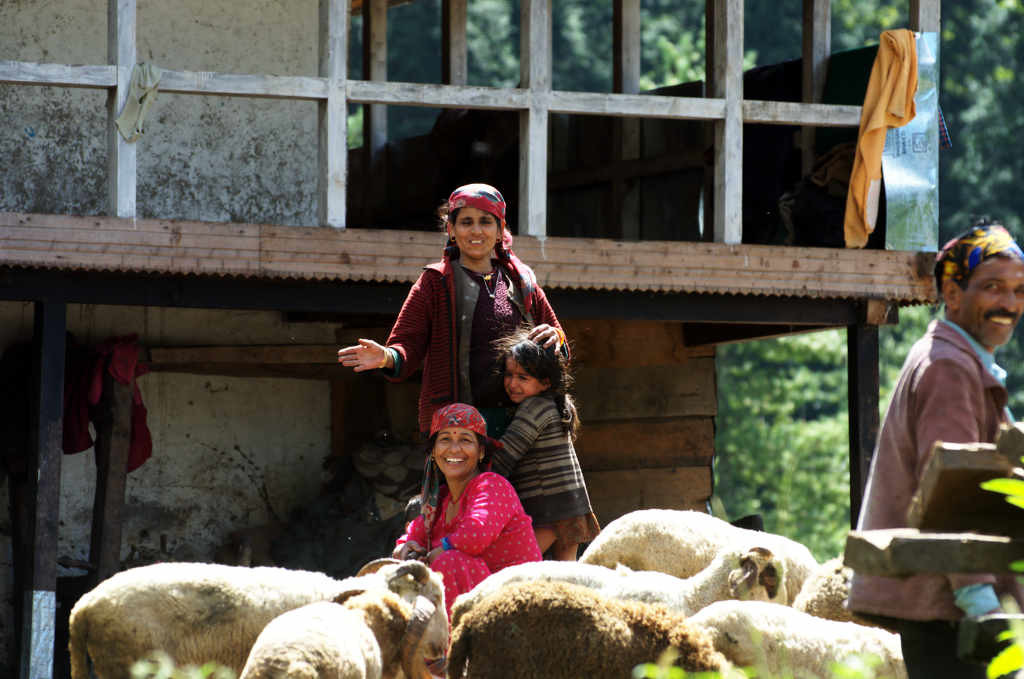Due to tradition and lack of education, women were most often engaged in household work. This includes labouring in agricultural fields, taking cattle for grazing, the daily milking and care of cows, collecting fodder and firewood, and fetching water. Women were also responsible for the care of children, elders and the sick. However, at present the situation has improved and most of the village women are literate and are participating activity in all field,s right from political institutions to heading their family businesses.
Village-level decisions ‒ such as restrictions on grazing or the collection of fodder and firewood, the location of and access to water sources, and the choice of tree, fodder and grass species to be planted ‒ directly affect the work burden of women. This often leads to mothers being forced to seek the help of their daughters, forcing many girls to drop out of school. For this reason it is important to understand and act upon the concerns of women when determining the role of community in biodiversity conservation.



